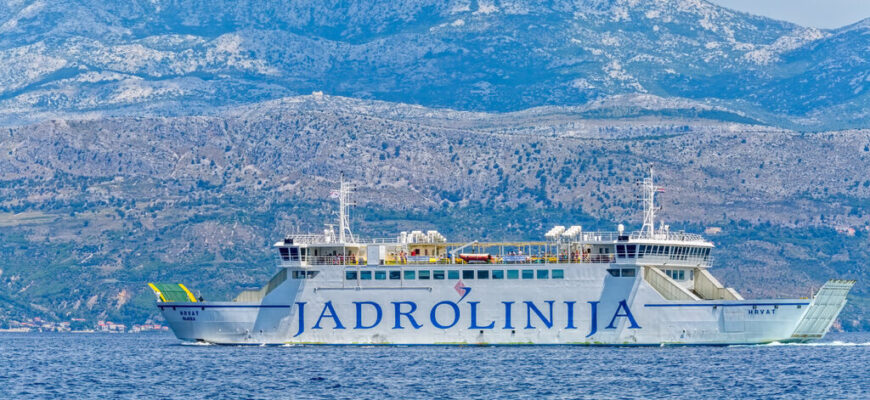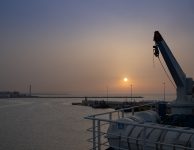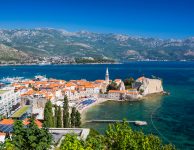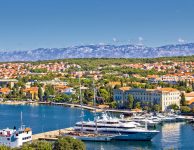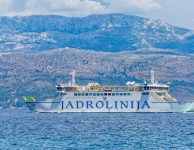Electric-powered ships in Croatia coming soon
In accordance with the EU’s Green Plan, which aims to reduce net greenhouse gas emissions to zero by 2050, European countries such as Denmark, Norway and Sweden have introduced electric-powered ships to navigate within their territorial waters in recent years.
In Croatia, we should soon start building electric passenger ships thanks to Split which has formed an economic research core led by a team from the Faculty of Electrical Engineering, Mechanical Engineering and Naval Architecture (FESB) and the company Jadroplov.
The project was presented to the public on Wednesday at the University of Split, where the cooperation agreement with FESB Dean Srdjan Podrug was signed by Jadroplov CEO Branimir Kovačić and Classis directors Predrag Čudina, Čulić Elektro Centar Nikša Čulić, RENS Božo Terzić and Director of the Croatian Register of Shipping Damir Roje.
As could be heard at the presentation of the project, according to EU guidelines by 2050, maritime transport with zero greenhouse gas emissions should be provided. Designer Predrag Čudina reminded that the port of Split is the third port in the Mediterranean in terms of traffic which in 2019 had a turnover of more than 5.6 million passengers and 830 000 vehicles and that ships with an average age of 30 are currently sailing are powered by diesel engines.
Hybrid diesel engine vs electric propulsion
The advantage of hybrid diesel engines is that the technology is known, the LNG terminal on Krk and that the price of fuel in the amount of 0.3 HRK per kWh is favorable, while its biggest drawback is that it is not completely green technology, explains the designer Predrag Čudina.
Hybrid diesel engines and fuel cell propulsion, on the other hand, have more disadvantages than virtues, he continues, and electric propulsion of ships, on the other hand, has numerous advantages. Among them are that the set goal of zero greenhouse gas emissions is fully met, the technology is known because Lyon batteries are in intensive development, and the price of electricity is three times lower than the price of diesel fuel.
Jadroplov CEO Branimir Kovačić says that the ship’s projects are being implemented in accordance with the latest project achievements and “cutting edge” technology, which enables savings of 50% of propulsion energy compared to the fleet currently operating in Croatian national waters. Passengers should be provided with a higher quality of service and shortened voyages, and the construction of zero-emission greenhouse gas ships in Croatian companies enables their positioning in a prestigious and commercially attractive segment of the world market.
These are five projects in which the first electric Ro-Ro passenger ship could carry 190 cars and 1,200 passengers, the second such ship could accommodate 130 vehicles and a thousand passengers, while the third Ro-Ro passenger ship could be built for 104 cars and 800 passengers. There are two more electric passenger ships left, in which the first would receive 390 and the second 200 passengers.
Some of the ships could also sail in the waters of Split, for example towards Kaštela and Trogir, thus relieving road traffic. If necessary, part of the ships could sail to neighboring Italy or elsewhere.
Jadrolinija prepares “green revolution”
At the moment, Jadrolinija is not in the phase of ordering the construction of a hybrid ferry, but they are currently completing the development of a fleet development strategy through green energy and turning to renewable energy sources and the latest environmental solutions.
We have reported ships that would fit into our green fleet development strategy and we expect feedback at the end of the first quarter of this year. If the funds are approved and allocated, we move on to the next phase, which involves the design of ships. Jadrolinija is turning to a green future in accordance with EU guidelines and, with the help of the relevant ministry and the Government of the Republic of Croatia, we are applying for available funds.
– Jadrolinija
Source: Novilist.hr


